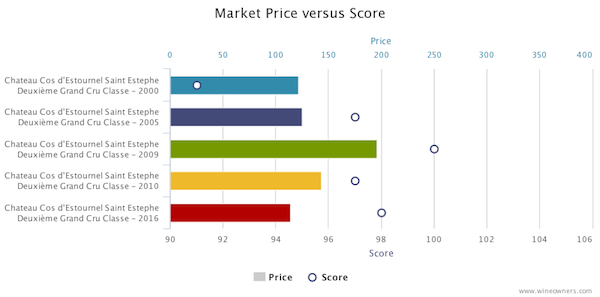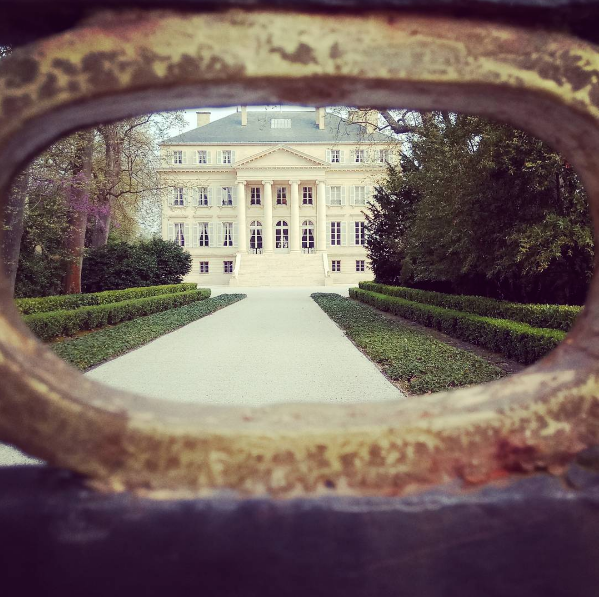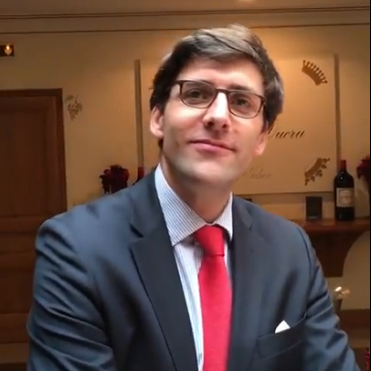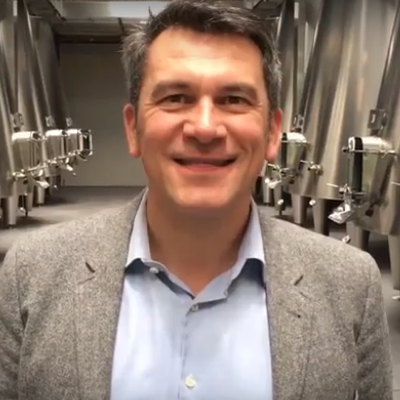by Wine Owners
Posted on 2017-08-08
Early afternoon 22 May 2017 word spread that Lafite was out. A few calls were made. But where was the wine? Allocations were down 50% but with the promise of another tranche in a couple of weeks’ time. Négociants waited, not wishing to be stuck with more highly priced second tranche releases.
In tandem the Chateau also attempted to revive its 2010 vintage strategy of tying other wines in the stable to allocations of Carruades and le Grand Vin. Either Rieussec and Carmes de Rieussec were being tied to Carruades, or Carruades was being tied with Duhart, or Duhart was being tied with Lafite.
As an aside, there was nothing subpar with Duhart this year, a properly serious wine in fact. But using it in a bait-and-switch move is unlikely to enhance the bait’s secondary market reputation.
Then, without waiting for the second tranche, more than one of the smaller négociants broke ranks on releasing the first tranche to customers, but estimating the cost of the second tranche and pricing at the intersect of the two. With lack of market transparency buyers were uncertain what fair value might look like.
In fact the majority of estimated intersect prices turned out to be the level of the second release price, handing merchants a handy profit of 20%, and suggesting Lafite were less aggressive with their second release pricing than they had previously signposted.
Thankfully, Lafite 2016 represents a big step up on the previous vintage, so the price increase will likely be justified in the medium term, if as expected, the secondary market adds 25% to its release price over the next few years. In fact Lafite 2016 is simply glorious: an absolute pinnacle of classicism in this great left bank vintage.
Notwithstanding, the Lafite release ‘strategy’ represents everything that is most unattractive about Bordeaux en primeur at its opaque worst.
None of which would matter, if it weren’t for the consumer. It wasn’t so long ago that the Bordeaux market was moribund: the market killed off by aggressive pricing of 2009 and 2010 vintages and a subsequent market collapse. As long as consumers end up nursing persistent losses, there is a high risk of a collapse in market confidence. Commodity-like collectible markets that wine epitomises are particularly sensitive to the maintenance of positive sentiment.
We’re certainly not back in territory as yet. Lafite 2016 released at almost 50% below that of 2010, whilst for UK buyers the collapse of Sterling has magnified price increases, whereas the strength of the US Dollar provides a tailwind for Bordeaux sales into the USA.
But the Bordelais need to be mindful of what happened following the mis-priced 2010 release. Lest we forget, it was barely 3 years ago that the Bordeaux secondary market was still in the doldrums. The remarkable market resurgence that started in late 2014 should not be taken for granted. The Chateaux have a profound responsibility to avoid the Dory Syndrome, named after the forgetful fish in the Disney film animation.
by Wine Owners
Posted on 2017-04-25
Cos d’Estournel was truly fabulous in 2016 and shows a decisive shift of style away from over-extracted to an elegant, dare we say, powerful aristocratic style – the archetypal iron hand in velvet glove.
The great news is that the release price is the same as 2015, with a small increase due to currency exchange.
The price per points analysis shows 2016 to be a rather sensible buy in the context of comparison with the best vintages of the last 17 years.
Comparison with 2010 suggests a modest 10% upside, or a 75% upside versus the 100 point 2009. But, what price per points doesn’t show is the move to elegance, something that’s been applauded by the critics. But in our view, it’s a better wine than both those vintages and arguably at least the equal of Chateau Montrose.
"This is one of the best Cos d'Estournels that I can remember trying at this early stage, it really does have every hair standing up on end. Powerful and deep, with a clear intensity but such delicacy; this is fresh, beautiful and succulent. It moves effortlessly through the palate without ever letting you forget that it's there. Deep black cherries, touches of dark chocolate and graphite are driven forward by a pulse of energy. From a blend of 76% Cabernet Sauvignon, 23% Merlot and 1% Cabernet Franc aged in 60% new oak"
Jane Anson, Decanter Magazine
"Energy and raciness on the nose. Gentle and lifted. And then lots of tannins underneath. Fresh almost sandy tannins. Good energy and tea-leaf sensation. Excellent freshness. Long. Restrained. Elegant."
Jancis Robinson

by Wine Owners
Posted on 2017-04-24

by Wine Owners
Posted on 2017-04-11
Here's what François-Xavier Maroteaux has to say about yields and quality as demonstrated by Bordeaux 2016 primeurs. A 'hard' and uniform fruit set in resulted in large-sized bunches but of small berries, so whilst volume is up 10% above a 'normal' harvest, don't think it was because berries were big, quite the reverse was the case. Phenolics levels were high too, reflecting lots of tannins and colorants. Tannins are rich and refined, with rich fruit coating the big structure.

by Wine Owners
Posted on 2017-04-10
Nicolas Gluimineau recounts the growing season in 2016; the twists and turns of a difficult drought summer following an enormous amount of rain in the first 6 months' of the year. Thankfully the rains finally stopped in June, followed by an almost completely arid July and August. Drought conditions caused winemakers to fear dry, tough tannins, because when a vine can't take on the water it needs in order to ripen the fruit, the berries produce tannin in lieu. Think 1975. Yet that fear was not realised, and whilst we found a few wines with awkward tannins (at this early stage) on the right bank, in the Medoc and Graves tannins were uniformly rich. For Nicholas the end result is "just incredible" and "a miracle". #PichonLalande is one of our picks for wine of the vintage.

by Wine Owners
Posted on 2017-03-28
The potential of the 2016 Bordeaux en primeur assessed from a comparative examination of the weather conditions
There is a weather station located near the airport in Bordeaux which has been recording details of rainfall and temperature since 1911. It’s worth mentioning that rain in Bordeaux-Merignac does not mean rain in St.Emilion; nor does the absence of rain in Merignac on a particular day signify no rain in Margaux. But if the 2016 Bordeaux en primeur campaign is to find traction then some consideration of the weather is important.
THE RAIN
Looking at a Table of Cumulative Precipitation (below) which covers several of the greatest vintages of the last 2 centuries (with a couple extra thrown in to demonstrate the ‘exceptions which prove the rule’), one is immediately struck by one anomaly - the 1982 vintage (the others we know about).
It is a sine qua non of red wine grape production to have a sufficient period of dry weather in the summer to induce hydric stress in the vine so that the plant will cease growth and focus on maturing its fruit. It’s also a general rule that wet weather at harvest time is not conducive to healthy picking conditions and produces rot.
Table of Cumulative Precipitation
THE HEAT
It is widely accepted that warm weather (as opposed to canicular heat - remember that 2003 had 50 days of temperatures warmer than 30°) is another critical ingredient in the production of great wine (also interesting to see just how much cooler it was in 1982) - see the table below of Maximum Average Temperatures.
Maximum Average Temperatures
Clearly, the temperature progression during 2016 was unusual and extraordinary. Not shown, but also relevant, is a table constructed of average minimum temperatures: 2016 was about average, and slightly cooler than many other years in July; certainly not as warm as 2003.
ASSESSMENT OF BORDEAUX 2016 VINTAGE
Whilst the general weather picture for a vintage is a good prognostication of the quality of the wines not everyone will have been dealt the same cards. Terroirs are not the same. Not every estates’ ambitions are equivalent. Not every vigneron has the tools, techniques and vision to maximise the potential. Some producers will undoubtedly over-reach themselves. Comparing the general climatic conditions for 2016 with other remarkable vintages several features of the 2016 Bordeaux vintage stand out:
- First, 2016 had no phenomenological events of any significance eg frost.
- Second, the precipitation in the growing season and replenishment of the water table set it up for drier conditions later in the year. Of course, warmer humid weather at this time meant vigilance in case of mildew etc.
- Third, the uniformity of temperatures and the progression of average temperatures until August, without the heat spikes of 2003.
- Fourth, August was an unusually sunny month in 2016.
- Fifth: the dry, warm months of July and August were followed by a beautiful autumn.
On the face of it, the charts above, general as they are, demonstrate that 2016 was one of the most remarkable years that Bordeaux vineyards have ever experienced. One might, with some justification, call it a ‘benchmark’ year. Coupled with the advancement in oenology and the investment in First floors which have been undertaken in the last 30 years and if meteorology were the only factor in determining vintage quality (so ignoring viticultural practises, key husbandry decisions, winemaking approaches and trends, sharp temperature spikes masked by monthly averages) then 2016 could be one of the greatest, if not the greatest of Bordeaux vintages. However, the true quality of the vintage will only be demonstrated by the en primeur tastings which are about to commence.
Estates are surely crying (with happiness) over their wines and as for the rest of us, to paraphrase Goethe: “If you've never drunk wine while crying, you don’t know what life tastes like.”
Stay with Wine Owners as we taste our way through the Bordeaux appellations next week. Follow our tweets @WineOwners1. As ever we shall represent the voice of the wine lover and collector pointing out where there's value and where it makes no sense to buy early. Not forgetting the merits in back vintages that en primeur comparative evaluation often spotlights. We look forward to your company along the way.
Tables: compiled and coloured by Wine Owners from data by Infoclimat

